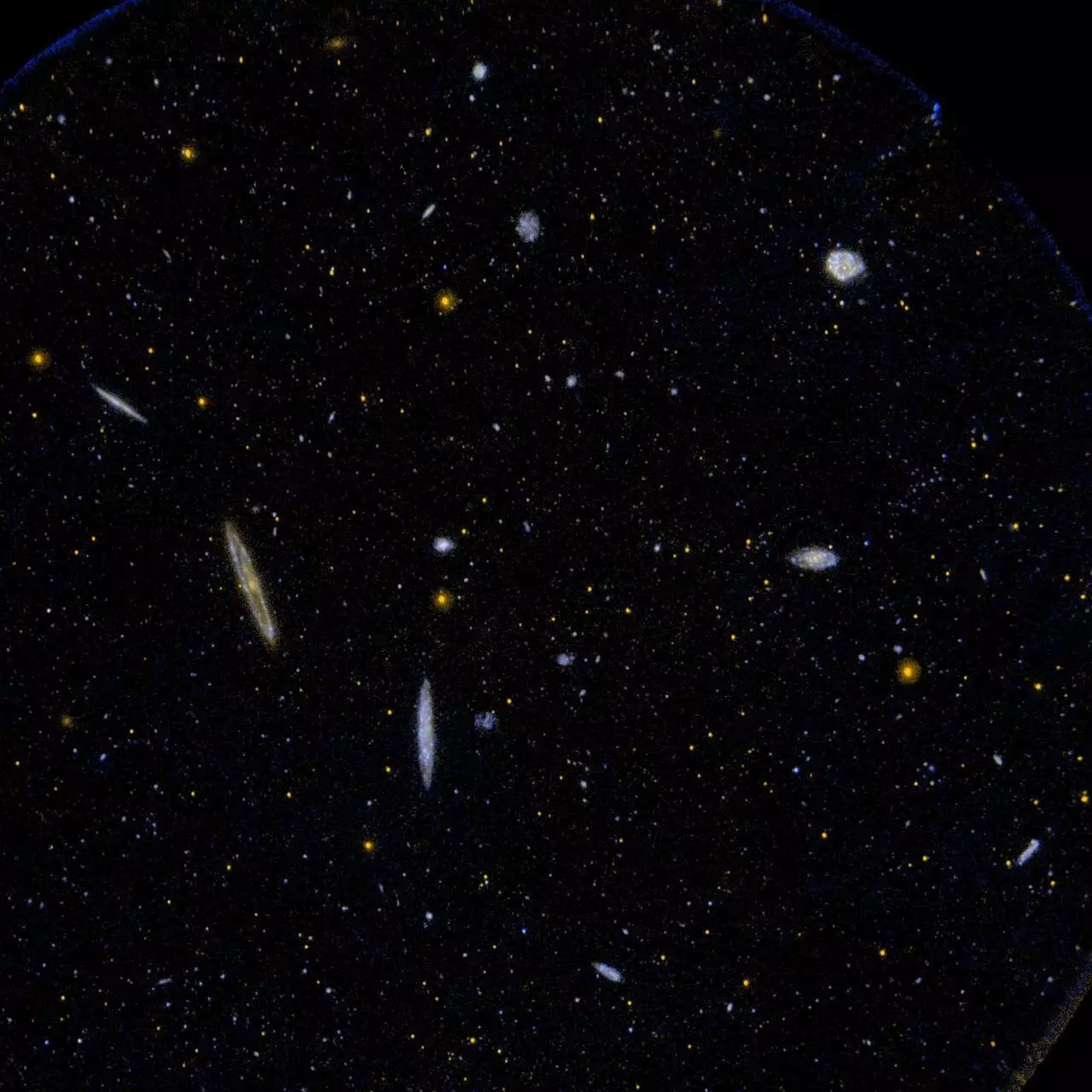Recent developments in the realm of cosmology have spawned a fresh debate among physicists regarding the fundamental principles that govern our understanding of the universe. A study conducted by researchers from Southern Methodist University (SMU) and three other institutions raises pivotal questions about existing theories, suggesting that significant adjustments may be required to our foundational physics doctrines. This provocative conclusion is based on a comprehensive analysis of data obtained from the Dark Energy Spectroscopic Instrument (DESI), which has been instrumental in reshaping our comprehension of cosmic phenomena.
The study utilizes advanced computational resources to investigate discrepancies in the observations that could warrant a reevaluation of prevalent scientific paradigms. As stated by Joel Meyers, an associate professor at SMU, the DESI data presents a striking inconsistency with what was traditionally anticipated, prompting a deeper inquiry into the underlying reasons for such a stark deviation. This inquiry is crucial, as it might hold the key to unlocking greater mysteries of the universe.
The Dark Energy Spectroscopic Instrument is at the forefront of astronomical exploration, tasked with assembling the most extensive and precise three-dimensional map of the cosmos to date. This ambitious project gathers critical data that facilitates cosmologists in ascertaining the “absolute mass scale” of neutrinos—a fundamental particle that remains enshrouded in enigma despite its prevalence in the universe.
This research is particularly significant as it combines DESI’s findings with historical data from the cosmic microwave background, a remnant of the Big Bang. By studying these remnants, researchers can glean insights into the universe’s formation and subsequent evolution. The behavior of neutrinos is subsequently pivotal in understanding how matter congregated throughout cosmic history, shaping the vast structures such as galaxies that fill our universe today.
Traditionally, it was believed that massive neutrinos suppressed the clustering of matter over billions of years, ensuring a more uniform distribution of galaxies. However, the recent findings suggest a counterintuitive enhancement in the clustering of matter, implying that the universe’s structure is more complex than previously assumed. This ideological shift challenges the existing theories that have long been the bedrock of modern cosmology.
Meyers articulated the ramifications of these discoveries, stating that they might reflect either a flaw in the current measurements or a potential indication of new physics that may exist beyond the familiar boundaries established by the Standard Model. This could pave the way for groundbreaking theories that expand our understanding of particle physics and cosmology as a whole.
Beyond the Standard Model: Investigating New Physics
The Standard Model of particle physics has remained a cornerstone of scientific education and research, acting as the most successful framework for explaining the interactions of fundamental particles. Nonetheless, the current findings regarding neutrinos lead to a critical reexamination of its effectiveness. The implications of needing to amend this model—rather than entirely discarding it—open avenues for innovative theoretical exploration.
Researchers are now investigating various scenarios, including the necessity for novel physics concepts and the evaluation of possible systematic errors in key measurements that could elucidate the unexpected DESI observations. Such endeavors not only seek clarity regarding the behavior of neutrinos but also underscore the dynamic nature of scientific inquiry, reflecting how prevailing knowledge can be challenged and refined.
The quest for understanding the implications of neutrino mass and interactions is far from complete. While the study presents a framework for future inquiries, determining which hypotheses are valid will require rigorous testing and years of dedicated research. The interplay between observations and theoretical frameworks is essential in progressing towards a more comprehensive view of the universe.
This moment in scientific exploration highlights an enduring truth: the universe remains a realm filled with mysteries. As new discoveries unfold, they challenge established beliefs and inspire both budding and experienced physicists to delve deeper into the cosmos, ensuring that the quest for knowledge remains a vibrant and evolving pursuit. The findings from SMU and its collaborators serve not merely as a footnote in cosmological studies but as a significant chapter in the ongoing narrative of our universe’s intricate and enigmatic nature.


Leave a Reply